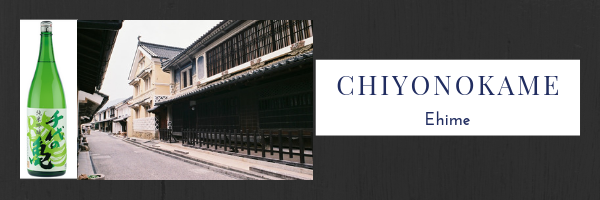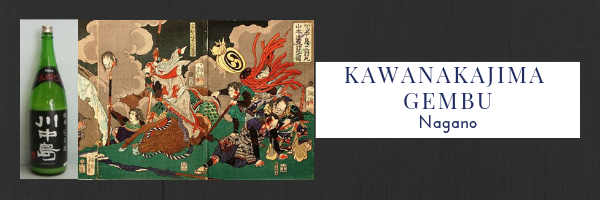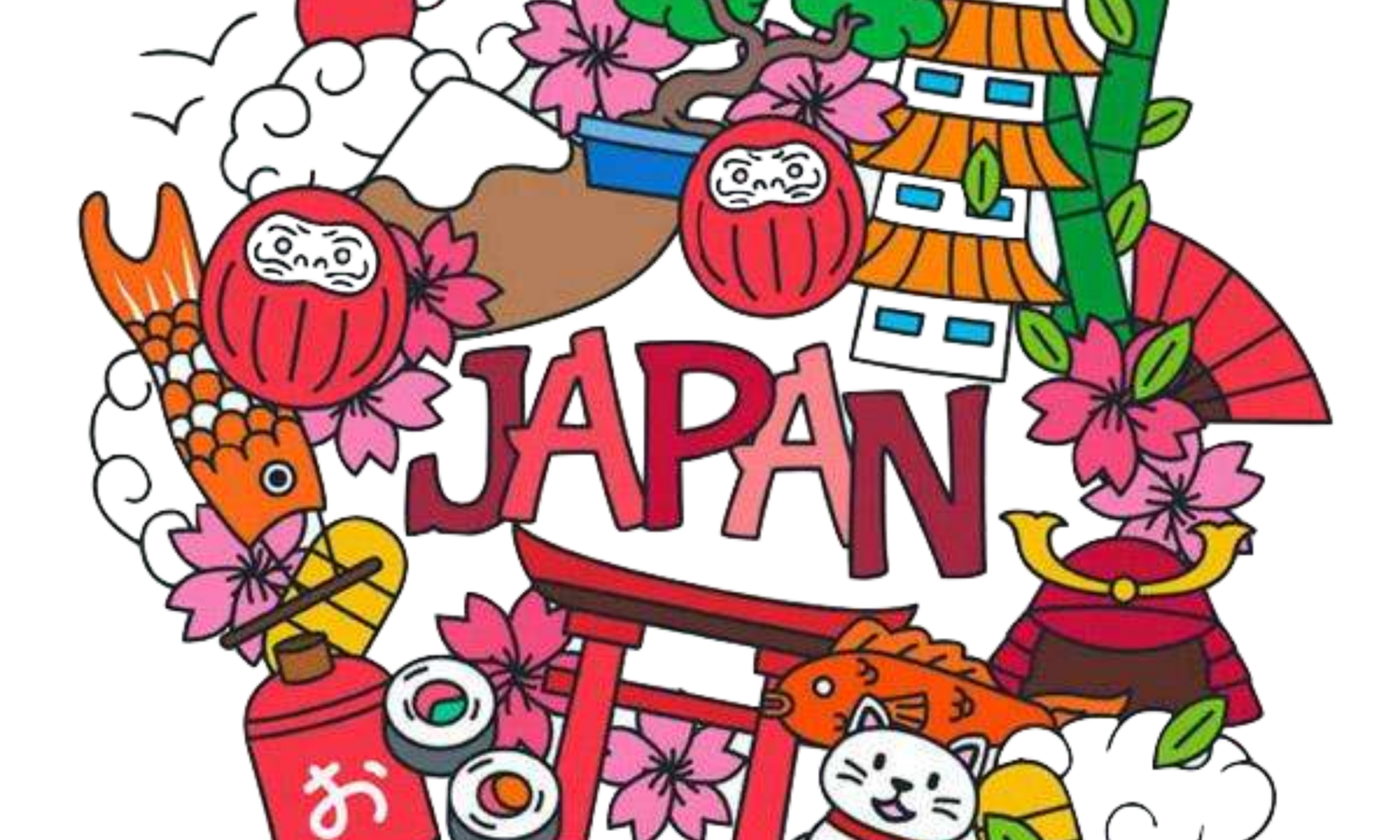You can taste Chiyonokame, CHIYONOKAME-SHUZO INC. from Ehime prefecture, and Kawanakajima Gembu, SHUSEN KURANO INC. from Nagano prefecture.

Chiyonokame (CHIYONOKAME-SHUZO INC.)
CHIYONOKAME SHUZO is located in Uchiko, Ehime, was founded in 1716. Uchiko is a charming historic town and easily accessible via a 25-min train ride from Matsuyama. Matsuyama is the capital city of Ehime Prefecture on Japan’s Shikoku Island.
From the Edo period (1603-1867) to the Meiji period (1868-1912) the Yokaichi & Gokoku Historic District Preservation Zone prospered as a manufacturing centre of vegetable wax. From the district’s acquired fortune came the construction of many solid, elegant houses. The ground breaking preservation movement of the historic district in Uchiko began in 1972. In 1982, Uchiko became the first town in Shikoku to have one of Japan’s designated Important Preservation Districts for Groups of Traditional Buildings.
Although they have 300 years history, they do not get stuck in the past, keep trying new challenge. Recently Chiyonokame has begun to cultivate sake rice with contracted local farmer and try not to use excessive pesticide. In order to deepen understanding of rice, they also participates from rice planting. To make delicious sake, strict hygiene management and precise temperature control are essential. They store sake under the air-conditioning system in modern clean storage.
Rifu is a robust, dry sake with a mellow aroma reminiscent of fresh pear. Rifu was served at the 2008 Cannes International Film Festival reception party and received high praise from guests.
CHIYONOKAME-SHUZO INC. Home page
Tasting at home by amazon
Chiyo no Kame junmai ginjo Green label 千代の亀 純米吟醸 (緑ラベル) 1800ml

Kawanakajima Gembu (SHUSEN KURANO INC.)
Sake Brewery, SHUSEN KURANO was founded in Kawanakajima, Nagano, in 1540. Kawanakajima is blessed with beautiful nature and clear spring water. Shusen-kurano is one of the oldest Sake breweries in Japan with a long history of more than 460 years. One of the major wars, the Battle of Kawanakajima, was fought in here during the civil war period, the Sengoku of Japan in the 16th century. Most likely, famous samurai generals such as TAKEDA Shingen and UESUGI Kenshin tasted their sake.
The Sengoku was a century-long period of political upheaval and warlordism in Japan, lasting from the Onin War of 1467–77 through the reunification of the country around 1598. It was a lawless era of civil war, in which the feudal lords of Japan fought one another in endless plays for land and power. Although the political entities that were fighting were actually just domains, the Sengoku is sometimes referred to as Japan’s “Warring States” Period.
Kenshin is sometimes referred to as “The Dragon of Echigo” because of his fearsome skills in the martial arts displayed on the battlefield. His rival Takeda Shingen was called “The Tiger of Kai”.
Takeda Shingen was an ideas man, an exceptional general famous for his tactical genius, and his innovations. He was an asset to his father from an early age, playing a major role in the Battle of Un no Kuchi in 1536, at the age of just 15. When his father, for some unknown reason, announced his second son as heir, Shingen led a bloodless coup, sending his father into custodial retirement. As undisputed leader of the Takeda clan, he commenced his expansionist policies, seeing action in the Battle of Sezawa, the sieges of Uehara, Kuwabara and Fukuyo, Battles of Ankokuji, Odaihara, Shiojiritoge etcetera, and the famed series of Battles of Kawanakajima against Uesugi Kenshin.
Kenshin was one of the most powerful daimyos of the Sengoku period. While chiefly remembered for his prowess on the battlefield, Kenshin is also regarded as an extremely skillful administrator who fostered the growth of local industries and trade; his rule saw a marked rise in the standard of living of Echigo. He was also known as a heavy drinker.
Kenshin’s death poem was: 四十九年一睡夢 一期栄華一盃酒
Even a life-long prosperity is but one cup of sake; A life of forty-nine years is passed in a dream; I know not what life is, nor death. Year in year out-all but a dream. Both Heaven and Hell are left behind; I stand in the moonlit dawn, Free from clouds of attachment.
The Battle of Kawanakajima became one of the most cherished tales in Japanese military history, the epitome of Japanese chivalry and romance, mentioned in epic literature, woodblock printing and movies.
Once the location of the headquarters of the army of Shingen Takeda during the Battle of Kawanakajima, Hachimanpara today is opened to the public as a historic park filled with greenery. 12,000 ㎡ of artificially made hills covered with grass, the murmur of the brook with arranged natural rocks, and an arbor with a classical thatched roof are some of the qualities that bring relaxation to the locals. Adjoining to the City Museum, the old battlefield of Kawanakajima and Hachimansha, it is the best spot to enjoy the historic walk.
Tasting at home by amazon
DATE AND TIME
2018/11/07 (Wed)~2018/11/13 (Tue) 10:00~20:00
You cannot go? Check out ichibansake Event Calendar
LOCATION
Seibu Ikebukuro B1F
〒171-0022 Tokyo, Toshima, Minamiikebukuro, 1 Chome−28−1
Access
Directly connect
Ikebukuro Station South Exit, Exit 38, Exit 36
Web site
For more information visit, 今週の酒と肴

